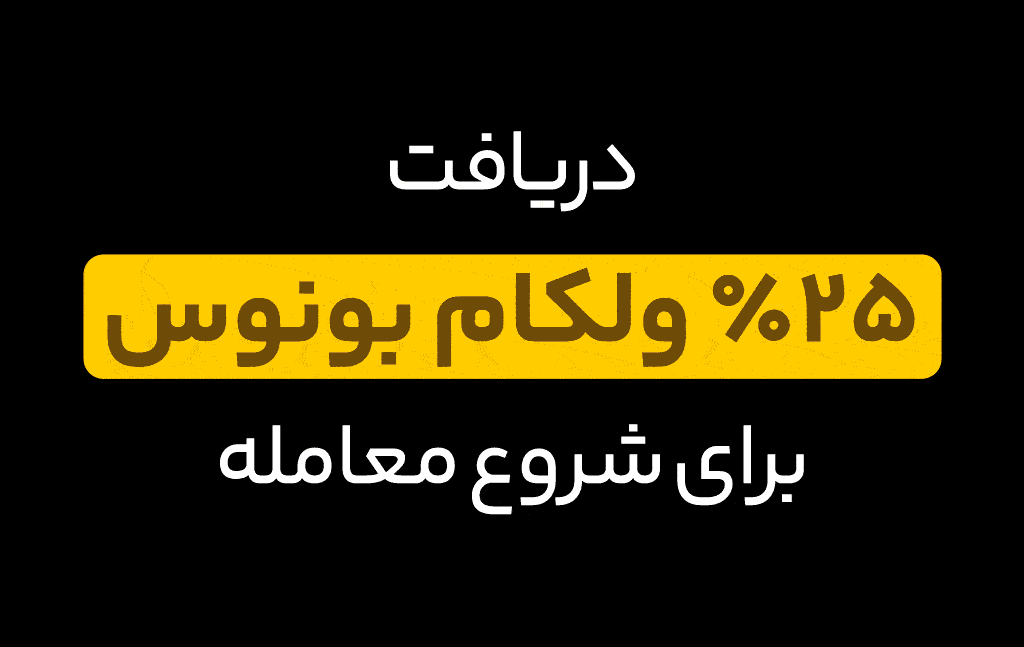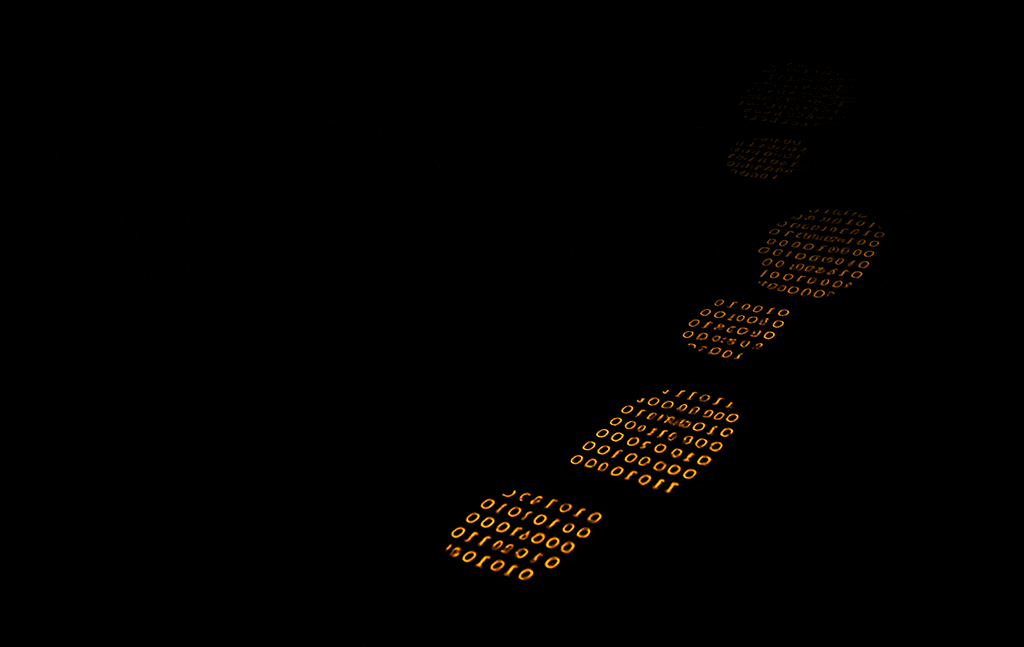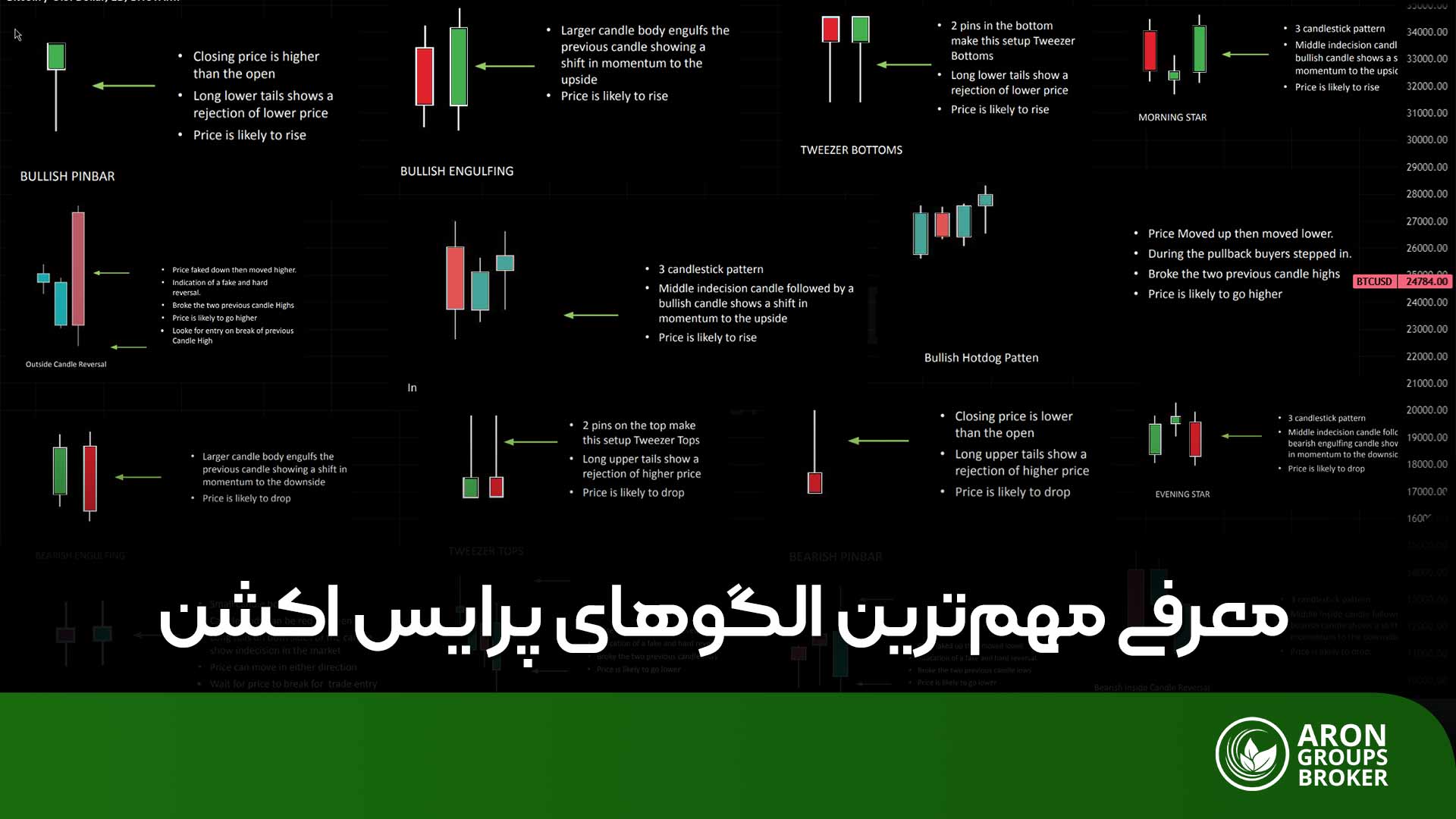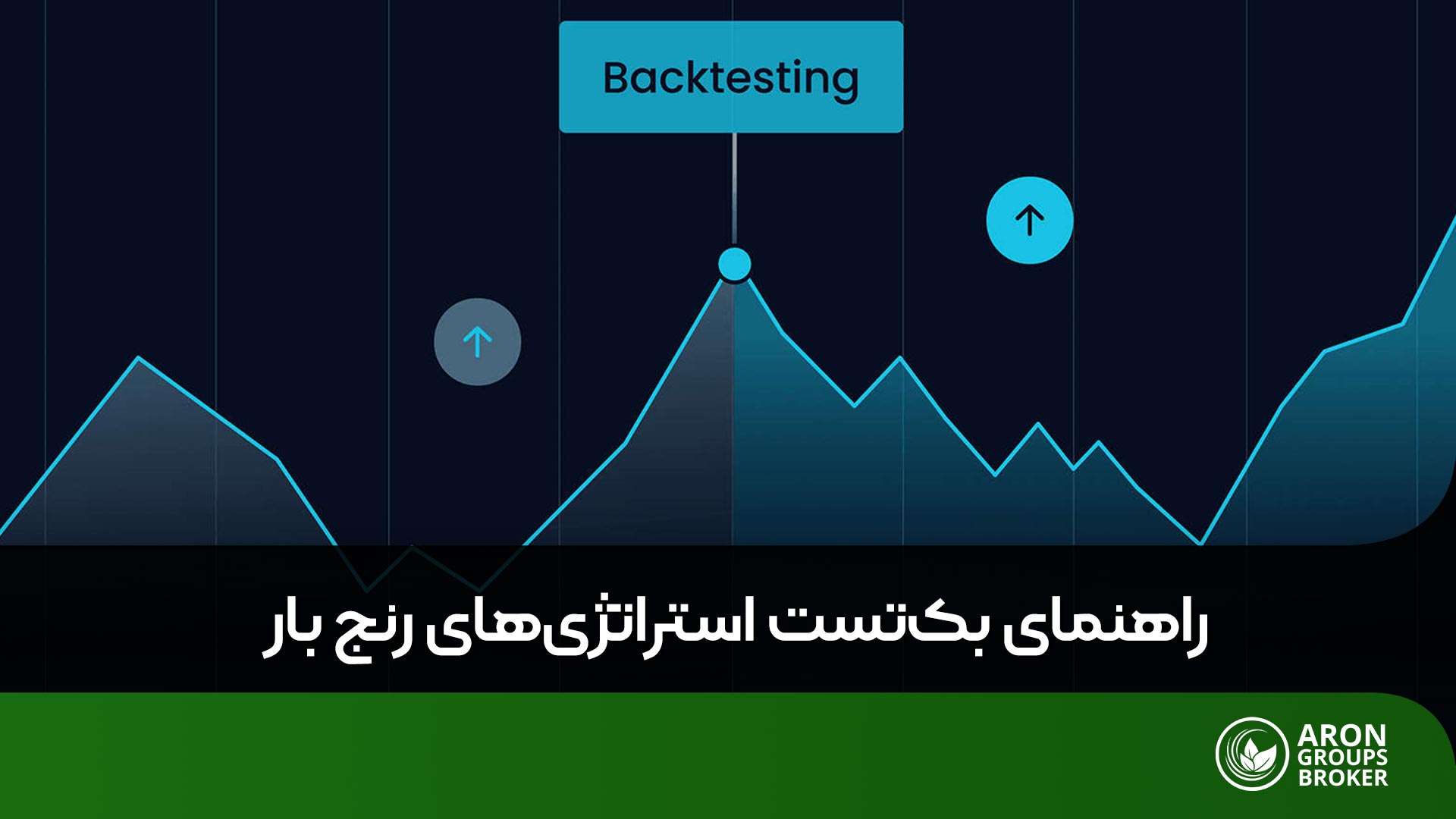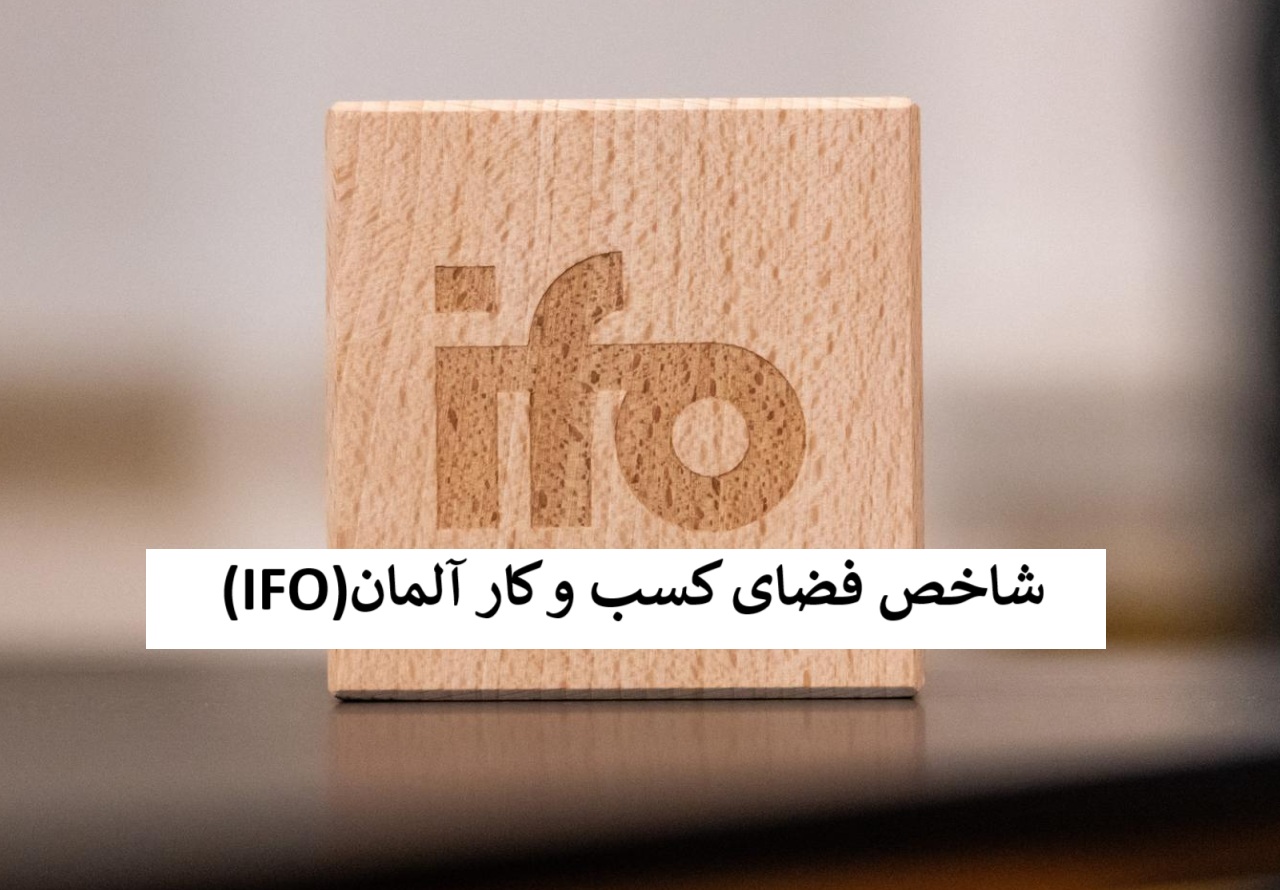ریسک مستقل ریسکی است که مربوط به یک بخش از یک کمپانی یا یک دارایی در مقابل پرتفویهایی است که به خوبی تنوع در آنها رعایت شده است.
درک ریسک مستقل
تمام داراییهای مالی میتوانند در یک پرتفوی متنوع یا به صورت مستقل مورد بررسی قرار گیرند. زمانی که دارایی مورد نظر به صورت ایزوله در نظر گرفته شود، ریسک آن نیز برابر با ریسک مستقل آن است. در حالی که در زمان محاسبه ریسک در یک پرتفوی، ریسک موجود در هر یک از داراییها در نظر گرفته میشود، به هنگام بررسی یک دارایی، تنها ریسک مستقل همان دارایی در نظر گرفته میشود.
ریسک مستقل عبارت است از ریسک به وجود آمده توسط یک دارایی یا پروژه. با اندازهگیری ریسک مستقل، تنها یک جنبه از کارایی یک کمپانی یا ریسک نگهداری تنها یک دارایی اندازهگیری میشود.
در مورد یک کمپانی، اندازهگیری ریسک مستقل میتواند کمک کند، که ریسک یک واحد به تنهایی به دست آید. اگر این عملیات متوقف میشد، دیگر ریسکی نیز وجود نداشت. در مدیریت پرتفوی، ریسک مستقل عبارت است از ریسک موجود در نگهداری یک دارایی، که نمیتوان آن را توسط ایجاد تنوع کاهش داد.
سرمایهگذاران ممکن است ریسک مستقل داراییها را اندازهگیری کنند تا پیشبینی کنند که درآمدشان از این سرمایهگذاری در آینده چقدر خواهد بود. ریسک مستقل باید اندازهگیری شود، چون یک سرمایهگذار در نهایت یا از آن دارایی سود خوبی به دست خواهد آورد یا باید دچار ضرر شود.
اندازهگیری ریسک مستقل
ریسک مستقل میتواند توسط محاسبات بتا (Beta calculation) یا با استفاده از ضریب تغییر (coefficient of variation) اندازهگیری شود.
روش توتال بتا
بتا مشخص میکند که یک دارایی، نسبت به کل بازار، دچار چه میزان نوسانات قیمتی میشود. در حالی که توتال بتا (Total beta)، که حاصل تفریق ضریب همبستگی (correlation coefficient) از بتا است، ریسک مستقل یک دارایی را اندازهگیری میکند بدون آن که آن را بخشی از یک پرتفوی متنوع در نظر گیرد.
روش ضریب تغییر
ضریب تغییر مقداری است که از آن در تئوری احتمال و آمار، برای اندازهگیری پراکندگی یک توزیع احتمال استفاده میشود. پس از محاسبه ضریب تغییر، میتوان از آن برای اندازهگیری سود مورد انتظار و ریسک مورد انتظار یک سهم به صورت مستقل استفاده کرد.
ضریب تغییر کم، نشاندهنده انتظار سود بالا در برابر ریسک کم است، در حالی که ضریب تغییر زیاد نشاندهنده ریسک مستقل بسیار بالا و سود مورد انتظار کم است. ضریب تغییر به خصوص به دلیل این که یک عدد بدون بعد است، حائز اهمیت است. این بدین معنی است که برای محاسبه ریسک از این روش، هیچ نیازی به دیگر عوامل ریسک مانند نوسانات بازار وجود ندارد. مقاله مدیریت ریسک در فارکس را هم بخوانید.




















